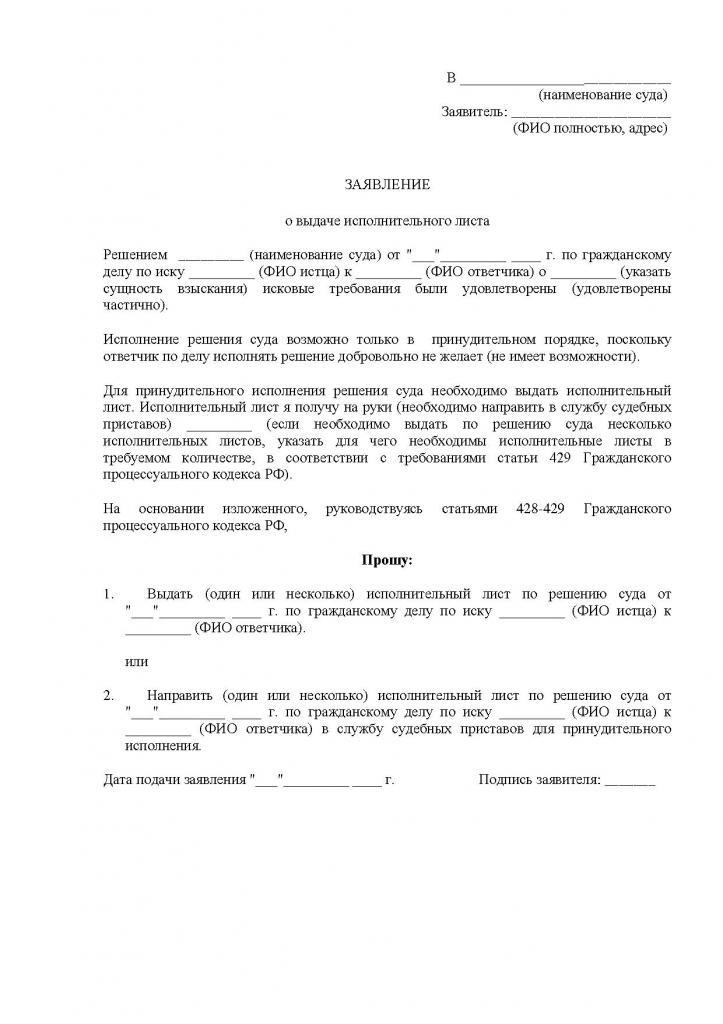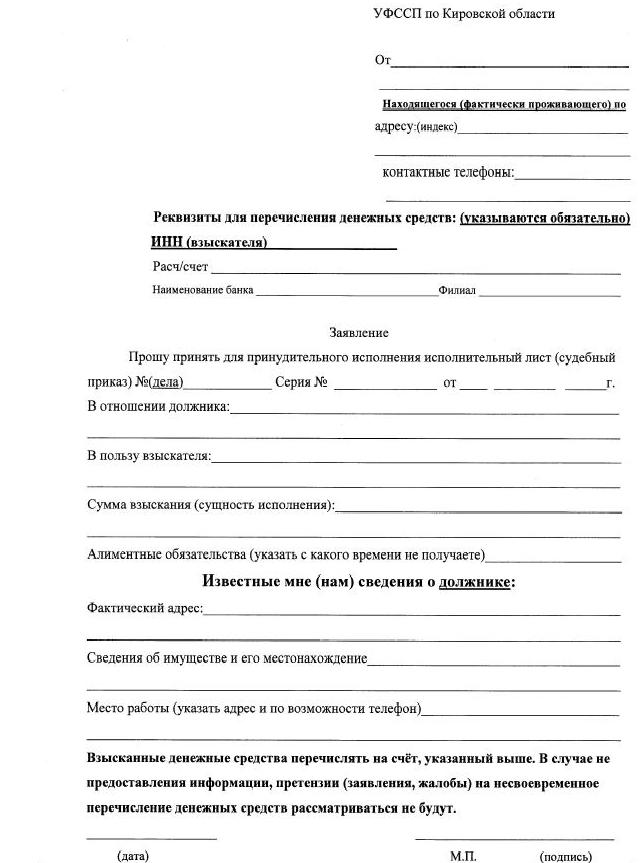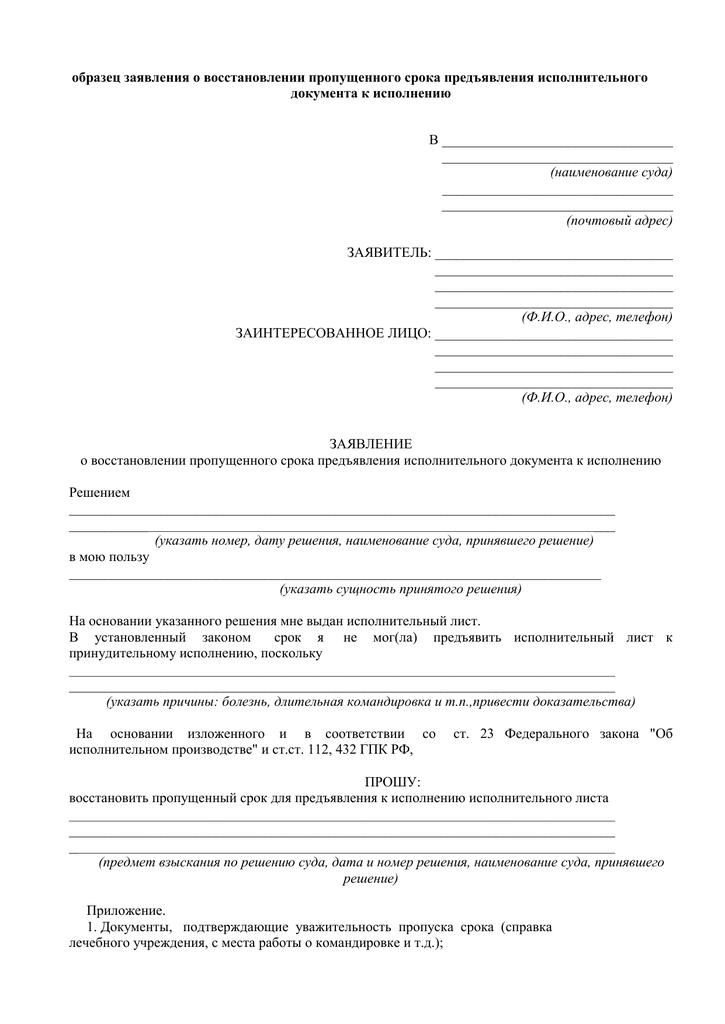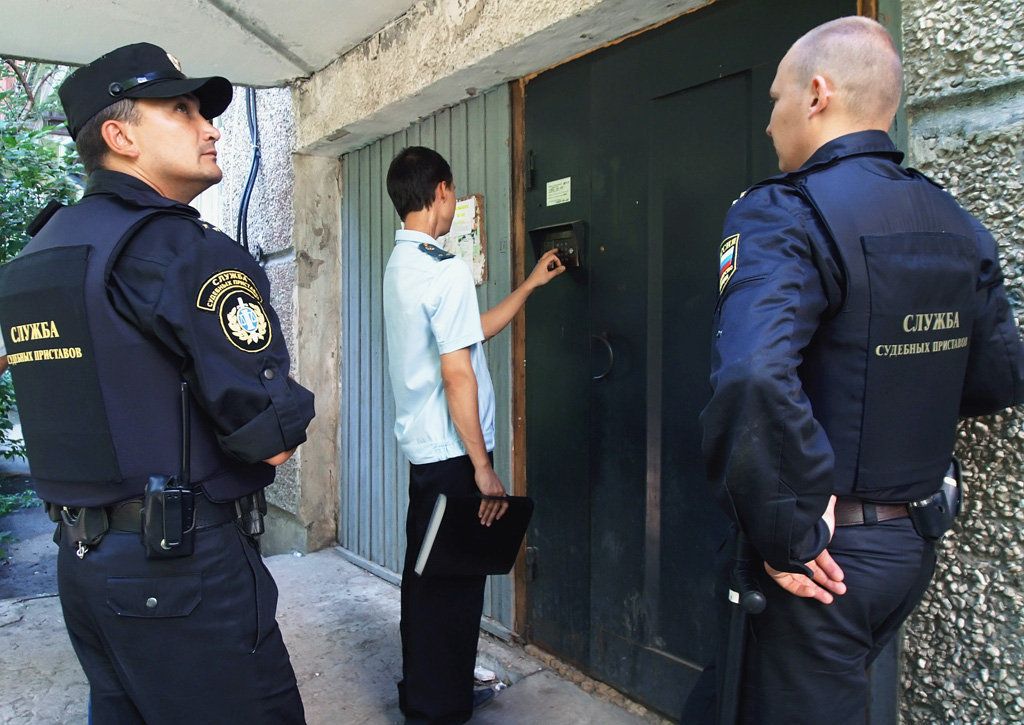Do not rush to celebrate the victory and relax, if the court made a positive decision. After all, the next step, and perhaps the most important one, is the collection of debt from the defendant. It is no secret that most debtors simply ignore court decisions or take refuge from fulfilling the obligations that were assigned to them by decision at the end of the case.
Where to start: obtaining a writ of execution
Naturally, it is necessary to contact the office and write a statement. But then a new question arises: how much to wait? In fact, the deadline for issuing a writ of execution is not provided for by any procedural code. For example, article 428 of the Code of Civil Procedure of the Russian Federation simply states that such a document is issued after a court decision has entered into legal force.
In practice, writ of execution is usually issued 30 days after receipt of the application. The court clerks are guided by the fact that the court is obliged to answer the applicant within 30 days. This is not to say that this position is true, however, it does not make sense to immediately write a complaint about the non-issuance of a document. Most likely, an answer will be given with reference to the aforementioned obligations and the corresponding time frame.
If after 30 days from the date of filing the application for the issuance of the writ of execution (sample is given below) the document was not issued, you will have to proceed with active actions: to file a complaint with the chairman of the court.

We appeal to the court
A sample application for the issuance of a writ of execution, which can be followed when writing your own petition, is given below.
According to the requirements of Article 428 of the Code of Civil Procedure of the Russian Federation, an executive document must be issued after the court decision has entered into legal force, however, it is not worth counting on an independent initiative to issue this document by the court. It is necessary to contact the person concerned. The application is submitted through the office, indicating the details of the case and comprehensive information about the applicant.

Where to go after receiving a document
Where to present a writ of execution? The duties of bailiffs include the enforcement of court decisions. The officials of this state body have rather broad powers. To date, the structure of the FSSP is extensive, with many regional branches operating, including regional ones.
The legislation establishes the following procedure for establishing the place where to present a writ of execution:
- if the debtor is an individual, then the document for execution is transferred to the branch of the FSSP, where he lives (temporarily) or is the property;
- if claims are made to a legal entity, then it is necessary to transfer the sheet at the place of registration of the enterprise or at the location of the property;
- if the execution of a court decision involves certain actions, then it is necessary to address it to the department where these measures will be carried out.
Rules for compiling an appeal to the FSSP
A writ of execution is instituted on the basis of a claimant's application. As a rule, in all the territorial branches of the FSSP, there is a sample of such a document on the information stands, all the more so since there are no special requirements for its form and compilation rules. A sample sample is given in the text.
An original copy of the writ of execution must be attached to the application.The text should include a request for the adoption of a document implying the recovery of property or cash, and the initiation of proceedings on it. If the content of the writ of execution involves the transfer of finances, you must indicate your bank details to which you can transfer the money received.
Where to present a writ of execution? Naturally, such a document must be transmitted through the office of the selected branch of the FSSP, so that a note on its receipt was put on the second copy.
The application may make other requests, for example, to establish certain restrictions for the debtor or to seize property and to prohibit leaving the country.

The timing
As a general rule, the term for presenting a writ of execution for execution is 3 years. This period is provided for by applicable laws and regulations and is prescribed in article 21 of Law No. 229-FZ. However, there are exceptions to this rule.
For example, if the document was received as part of the arbitration process on the application for the restoration of the missed deadline to present the writ of execution, then it will be necessary to contact the FSSP for 3 months.
If the court has determined the collection of periodic payments from the debtor, then you can apply to the FSSP not only at any time during the three-year period, but also after it has expired during the next same period.
Writ of execution issued in the framework of administrative proceedings may be presented for execution within one year.

If missed deadline
Often, the deadline for submitting a writ of execution for execution by exactors is missed for one reason or another. First of all, do not panic, but turn to the court that issued this document and ask in writing to restore the missed deadline. However, it will be necessary to justify why the document was not presented for execution in a timely manner. These reasons include: illness, a long trip abroad or the need to care for a close relative and so on. Each stated circumstance should be documented.
Is there a statute of limitations on the writ of execution? Yes, it is provided for by the legislation of the Russian Federation and it is always necessary to remember about it, since it is quite difficult to prove in court that there were really good reasons for missing.

Independent actions
Where to present a writ of execution? In fact, the collector has the current legislation secured the right to receive a debt independently, without contacting the federal bailiff service. You can do this in the following cases:
- if the collector has reliable information that the debtor has accounts in banks and there are funds there, then the first one has the right to apply independently to the financial institution;
- if the dispute was regarding periodic payments, or the amount of the debt does not exceed 25 thousand rubles, then the collector has the right to apply independently to the legal entity that makes such payments to the debtor, for example, you can submit a writ of execution to the employer.
In practice, a personal appeal of a claimant to a bank gives quick results. But if the bank does not respond to the application or partially executes it, then the collector always has the opportunity to contact the FSSP.

In order to exercise his right, the claimant must submit an application to the bank on the writ of execution (a sample is given below). Even if the collector doubts that the debtor has accounts in a particular bank, he has the right to contact the tax service and request information there. According to the requirements of Law No. 129-FZ, all data contained in the state register is publicly available (Article 6), therefore, the refusal of the tax authority will be regarded as unlawful.
On the other hand, if the collector only knows that the debtor has a bank account, but does not have information on whether there is money there, then the banking institution will retain the writ of execution until the funds are received in the account or until receipt of a withdrawal from the claimant. Therefore, in each specific situation, it is necessary to take into account all the subtleties and make an independent decision, it may be better to withdraw the executive document from the bank and transfer it to the FSSP so that the funds are recovered from other sources of income of the debtor.
We are writing a statement

As a sample application to the bank on the writ of execution, you can use the form shown in the photo. The key requirement is to fill it out as fully as possible, indicating all the necessary data, in accordance with the defendant’s constituent documents and information on the bank account’s own details.
Eventually
The recoverer must always remember the existence of a limitation period for the writ of execution, that is, you should never delay the appeal to the FSSP or the bank, to the employer. Where to present a writ of execution? You can decide on the FSSP website by specifying the address and selecting the appropriate department of judicial bailiffs in charge of this region.
If there is a personal appeal to the bank with a writ of execution, and it turns out that there are no funds on the accounts of the debtor, it is better to withdraw the application and transfer the writ of execution to the FSSP, since this service has fairly broad powers. They even have the right to seize property. If the official of the executive service delays the proceedings, you can turn directly to the higher management for the inaction of employees.
